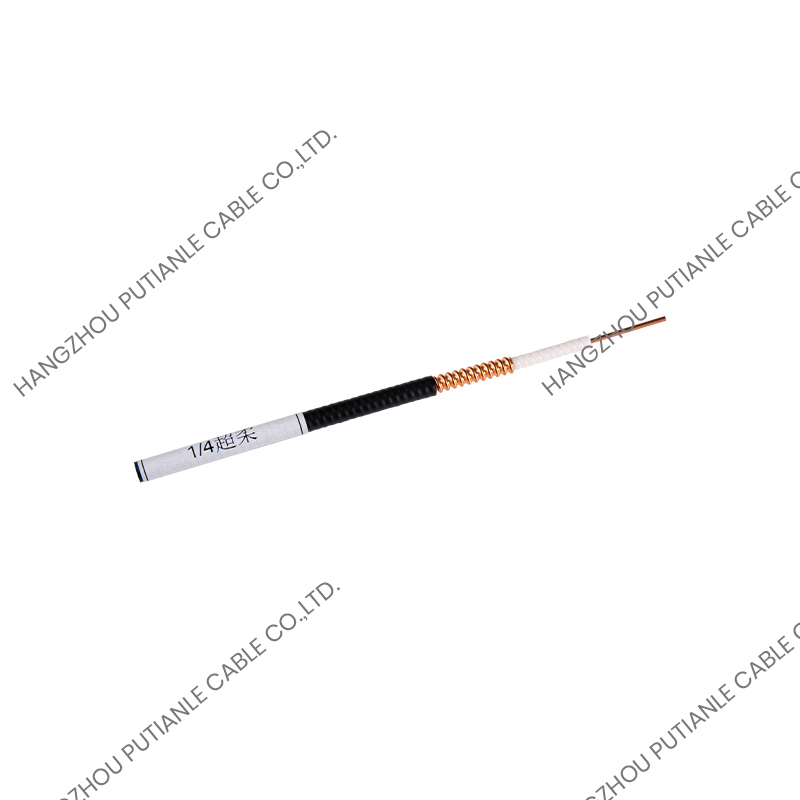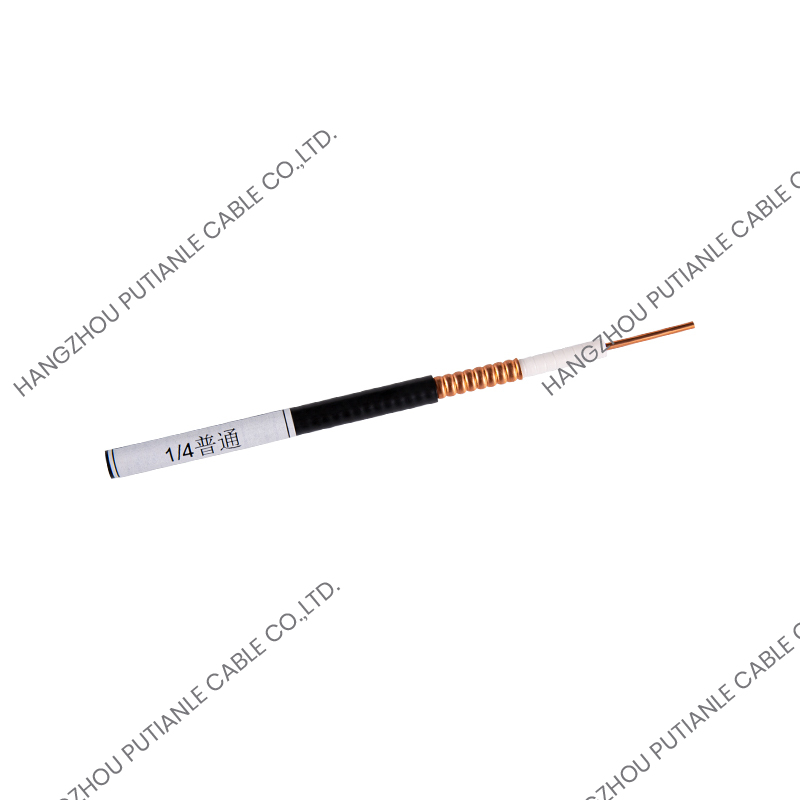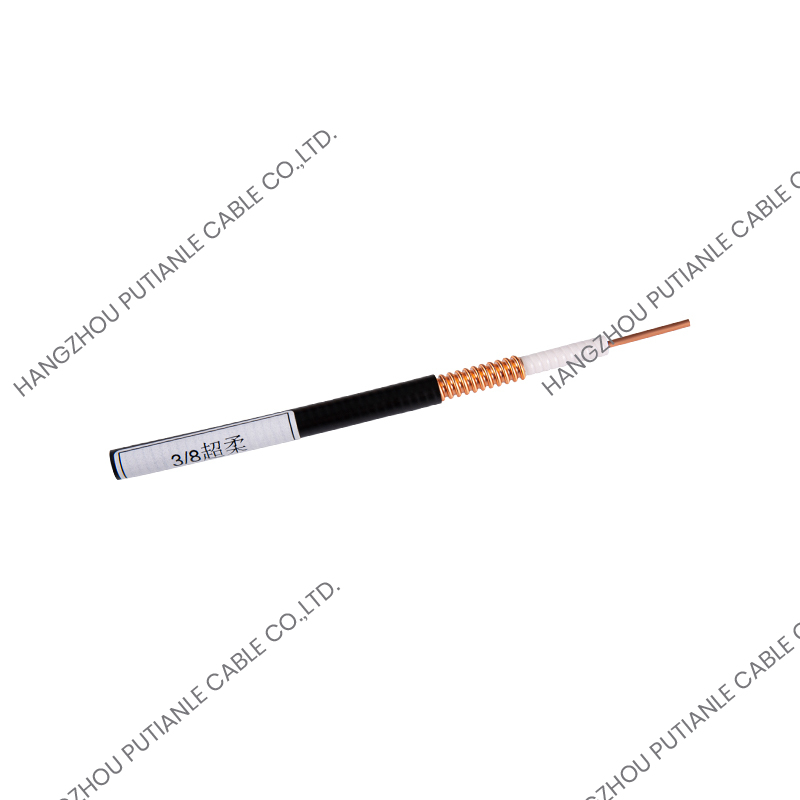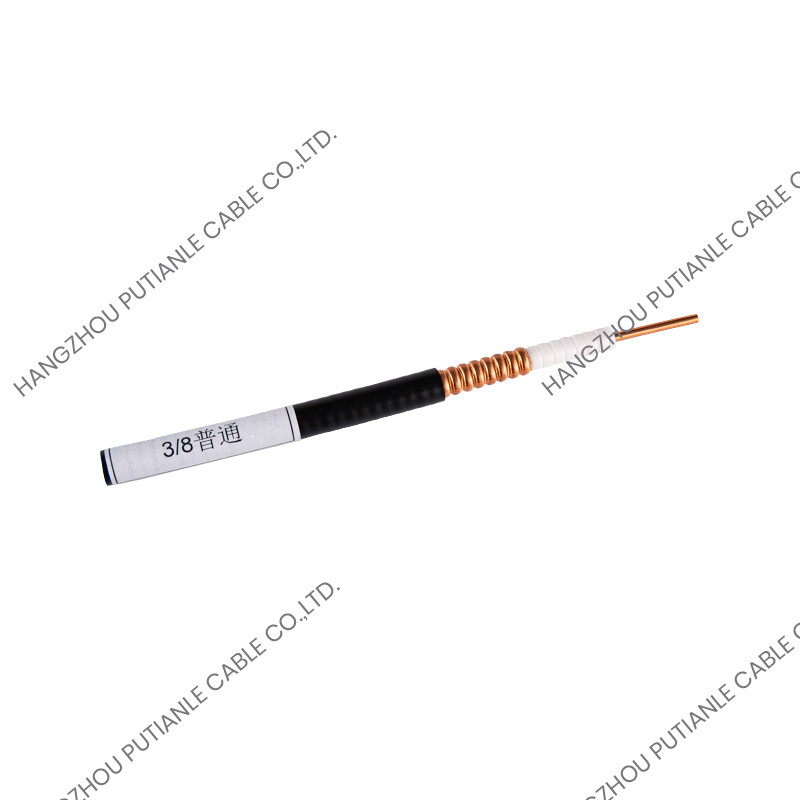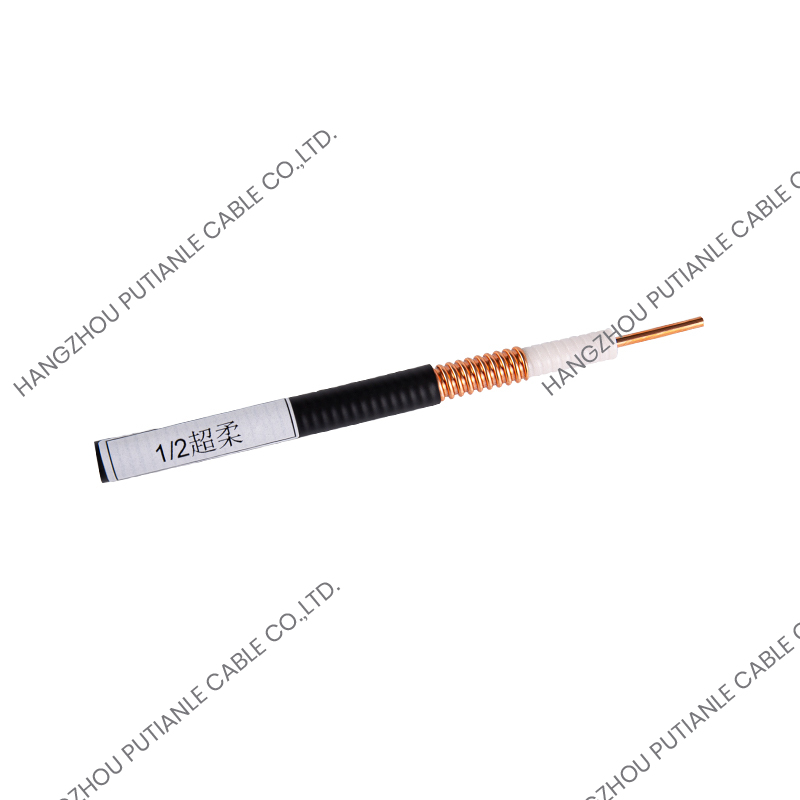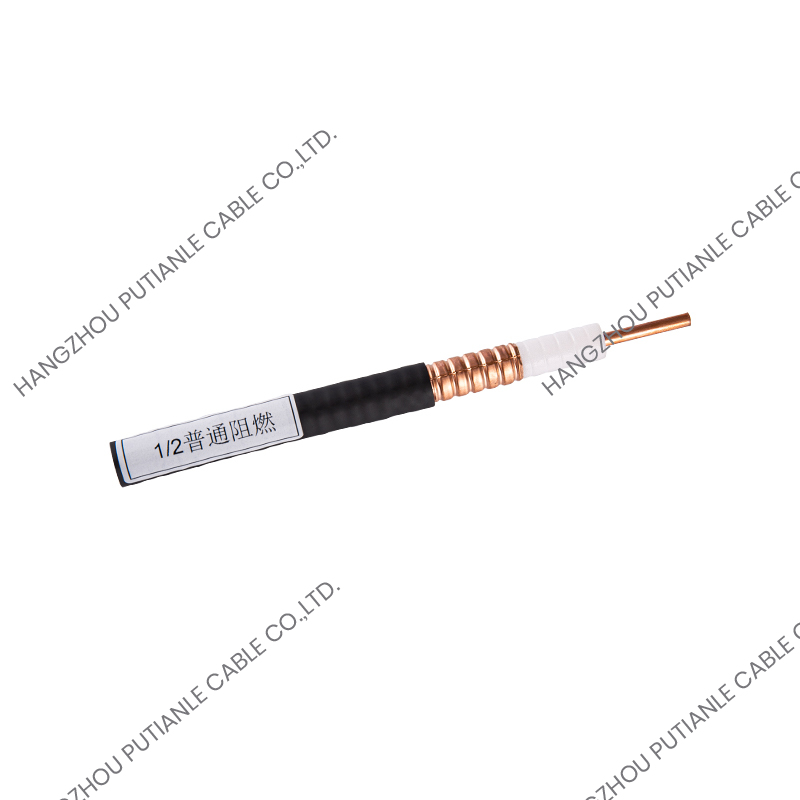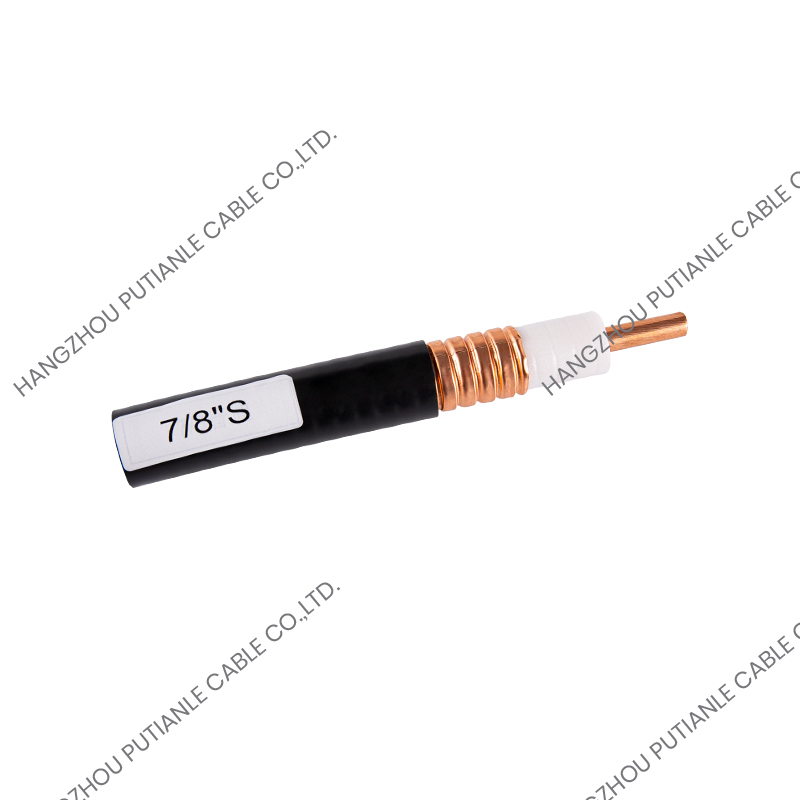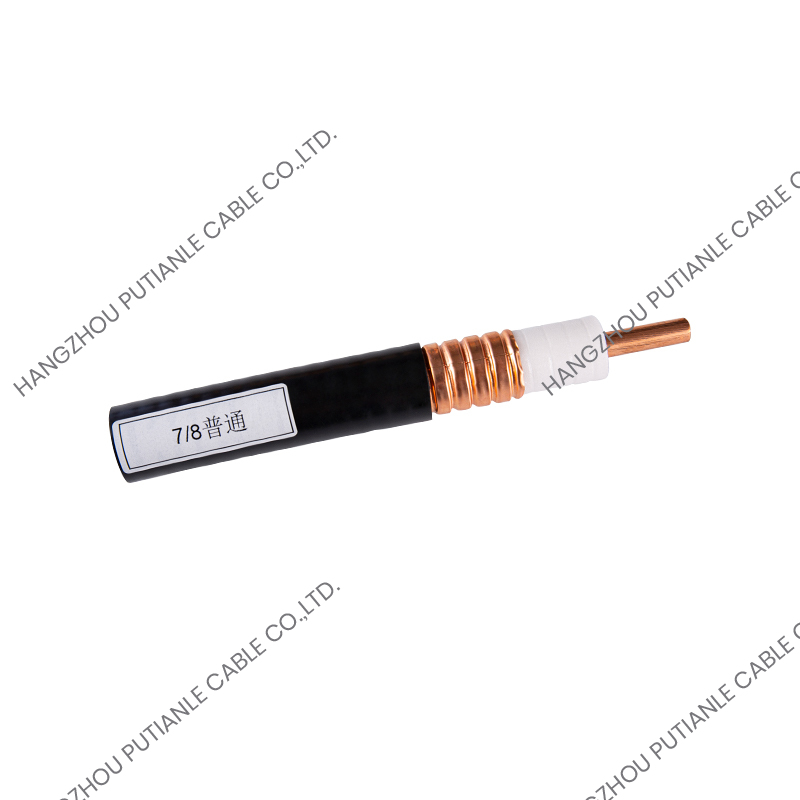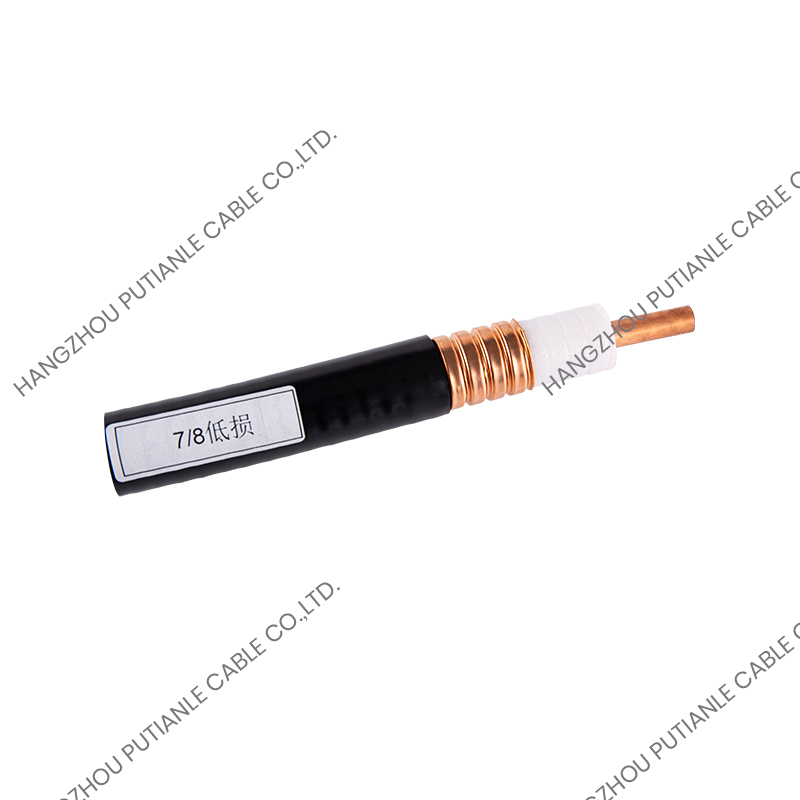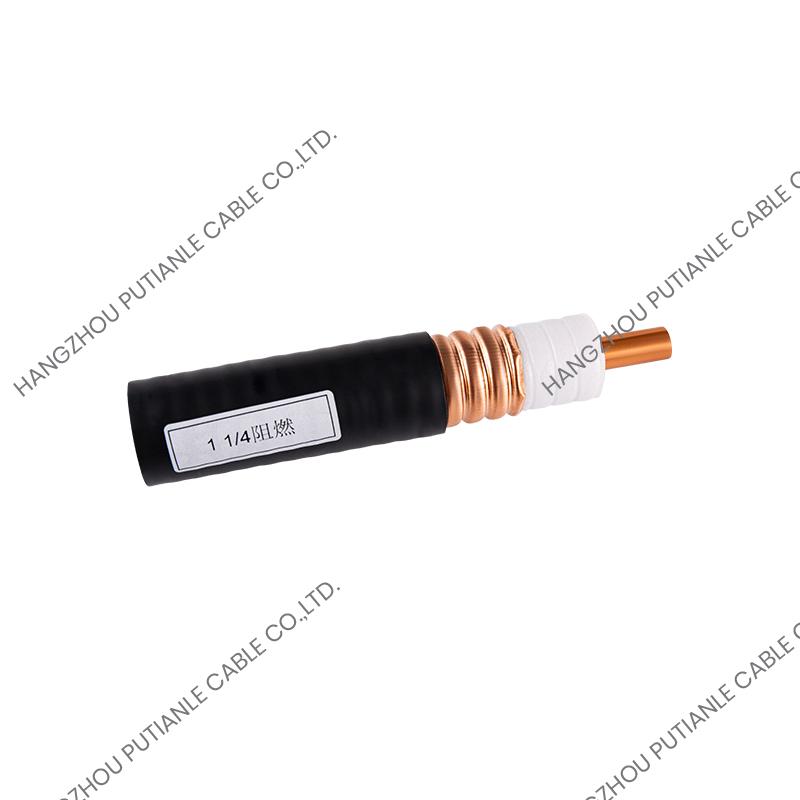Fiber optic cables are widely regarded as the backbone of modern communication systems, playing a vital role in telecommunications, internet infrastructure, and data transmission. One of the primary reasons for the success of fiber optics over traditional copper cables is their ability to significantly reduce signal loss, especially in long-distance communication.
In this article, we will explore how fiber optical cables contribute to reducing signal loss in long-distance communication. We will delve into the science behind optical fibers, the mechanisms that contribute to minimal signal degradation, and why fiber optics outperform other types of cables in this regard. Additionally, we will look at the factors that influence signal loss, such as attenuation, dispersion, and wavelength, and discuss the various advancements in fiber optic technology that continue to enhance long-distance data transmission.
1. What Are Fiber Optical Cables?
Fiber optical cables are thin strands of glass or plastic that transmit data as pulses of light, rather than electrical signals like traditional copper cables. The core of an optical fiber is surrounded by a cladding layer, which reflects the light signals back into the core, preventing them from escaping. This structure allows the light signals to travel long distances with minimal signal loss and no interference from external sources, such as electromagnetic radiation.
Fiber optic cables come in two main types:
-
Single-mode fibers: These have a smaller core (typically 8 to 10 microns in diameter) and are used for long-distance communications because they allow light to travel in a single path, resulting in minimal signal distortion.
-
Multi-mode fibers: These have a larger core (about 50 to 100 microns in diameter) and can carry multiple light signals at once. While they are suitable for shorter distances, they are still highly effective in reducing signal loss over moderate distances.
Due to their unique structure, fiber optic cables are incredibly effective in reducing signal loss compared to traditional copper cables, which suffer from electrical resistance and signal degradation over long distances.
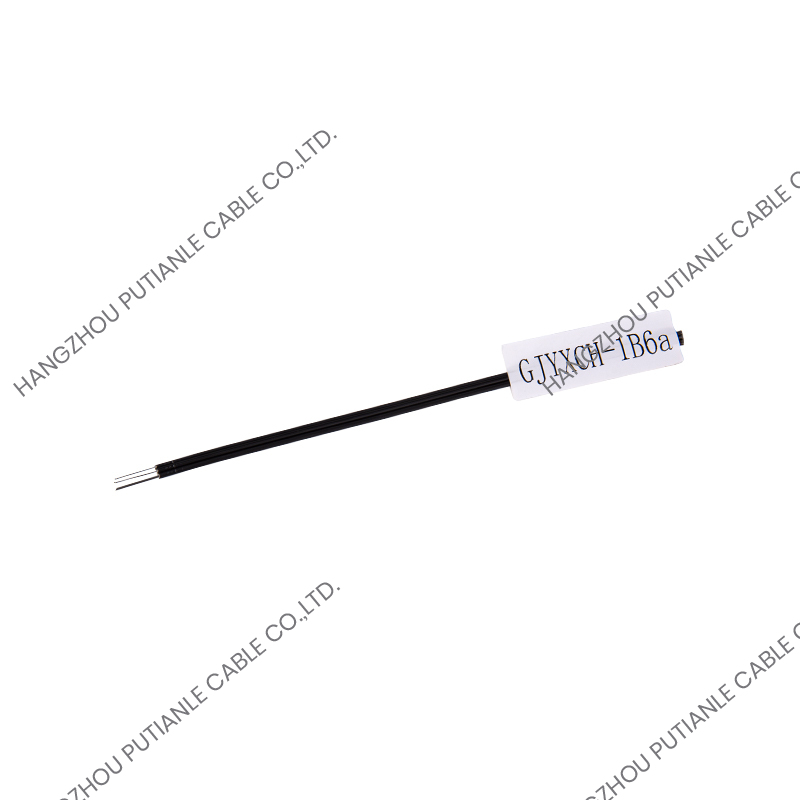
2. How Fiber Optical Cables Reduce Signal Loss
Fiber optic cables reduce signal loss primarily through attenuation and dispersion, which are common issues in long-distance communication. However, due to the unique properties of fiber optics, both of these factors are minimized.
2.1 Attenuation: The Key to Reducing Signal Loss
Attenuation refers to the reduction in signal strength as it travels through the fiber optic cable. Unlike copper cables, where signal loss occurs due to resistance and heat generation, signal loss in fiber optics happens due to three main causes:
-
Absorption: Some of the light energy in fiber optics is absorbed by the material, converting it into heat. However, high-quality fiber optic cables, particularly single-mode fibers, are made from highly transparent glass that minimizes light absorption, leading to minimal loss.
-
Scattering: Light is scattered as it passes through the fiber, which can cause some signal loss. The Rayleigh scattering effect is the primary cause of scattering in optical fibers. However, due to the low scattering coefficient of the fiber material, the loss due to scattering in fiber optic cables is much lower than in copper wires.
-
Bending Losses: When fiber optic cables are bent, the light inside the fiber can escape or deviate from its intended path. However, modern fiber optic cables are designed with bend-insensitive fibers, which reduce this form of signal loss, allowing for more flexibility in cable installation.
The attenuation in fiber optic cables is generally expressed in decibels per kilometer (dB/km), and it is much lower than that of copper cables. For example, a typical single-mode fiber might have an attenuation of around 0.2 dB/km at 1,550 nm, whereas copper cables can experience signal loss of over 10 dB/km. This drastic difference in attenuation allows fiber optics to maintain high-quality signals over much longer distances.
2.2 Dispersion: Controlling the Spread of Light
Dispersion occurs when different components of the light signal travel at different speeds, causing the signal to spread out over time. This phenomenon can lead to signal distortion and reduced clarity, especially over long distances. In fiber optics, there are two types of dispersion:
-
Chromatic Dispersion: This occurs because different wavelengths of light travel at slightly different speeds within the fiber. It can cause a broadening of the pulse, leading to signal overlap and distortion. However, modern fiber optics, particularly zero-dispersion fibers, have been engineered to minimize chromatic dispersion, resulting in clearer signals over long distances.
-
Modal Dispersion: This occurs in multi-mode fibers, where different light modes (paths) travel at different speeds, causing the signal to spread out. Single-mode fibers are much less susceptible to modal dispersion because they only allow one mode of light to travel along the fiber, significantly reducing signal distortion.
By using single-mode fibers and advanced dispersion management techniques, the issue of dispersion is minimized, further enhancing the ability of fiber optic cables to transmit signals over long distances without loss of quality.
3. Advantages of Fiber Optic Cables in Long-Distance Communication
3.1 Higher Bandwidth
One of the key reasons for fiber optic cables’ ability to reduce signal loss is their high bandwidth capability. The light pulses used in fiber optics carry significantly more data than electrical signals transmitted through copper cables. As a result, fiber optic cables can transmit large volumes of data over long distances without significant loss in quality or speed.
Additionally, fiber optics are less susceptible to interference from external sources such as electromagnetic interference (EMI), which can degrade signals in copper cables. This makes fiber optics ideal for high-speed internet and telecommunications networks, where both speed and data integrity are essential.
3.2 Minimal Signal Interference
Unlike copper cables, which are highly susceptible to electrical interference, fiber optic cables use light to transmit data, making them virtually immune to external disruptions. This feature is particularly beneficial for long-distance communication, where the signal may be exposed to external factors such as electrical noise or physical obstructions.
The immunity to electromagnetic interference allows fiber optic cables to deliver consistent, high-quality signals over vast distances, without the need for constant signal amplification or error correction.
3.3 Longer Distance without Repeater Stations
In copper cables, signal degradation typically occurs over shorter distances, requiring the installation of repeaters (devices that amplify signals) to maintain the integrity of the transmission. However, fiber optic cables, with their lower attenuation, can transmit signals for much longer distances without the need for repeaters.
For example, single-mode fiber optics can transmit data over distances of up to 100 km without significant signal loss. In contrast, copper cables require repeaters every 2-3 kilometers to maintain signal strength. This long-distance capability makes fiber optics the preferred choice for intercontinental cables, undersea cables, and other long-range communication systems.
4. Advancements in Fiber Optic Technology
While fiber optic cables have already revolutionized long-distance communication, ongoing advancements continue to enhance their performance. Key developments include:
-
Advanced Cladding Designs: Newer cladding materials reduce signal loss by further limiting the amount of light that escapes from the core. These innovations allow for even longer transmission distances and greater signal clarity.
-
Optical Amplification: Erbium-Doped Fiber Amplifiers (EDFAs) allow for the amplification of light signals without the need for electrical conversion. This enables longer communication distances without signal degradation, particularly for undersea fiber optic cables.
-
Wavelength Division Multiplexing (WDM): This technology allows multiple signals to be transmitted simultaneously over a single fiber by using different wavelengths of light. WDM significantly increases the capacity of fiber optic systems and reduces signal loss by making more efficient use of the available fiber infrastructure.
5. Conclusion
Fiber optical cables play an essential role in reducing signal loss in long-distance communication. Through their low attenuation, minimized dispersion, and immunity to electromagnetic interference, fiber optics allow for the efficient transmission of high-quality signals over long distances. The use of fiber optics in modern telecommunications, internet infrastructure, and data centers ensures fast, reliable, and high-bandwidth connections, critical for the functioning of today’s digital world.
As fiber optic technology continues to advance, we can expect even more improvements in signal quality, transmission distance, and capacity, further cementing the role of fiber optics as the preferred medium for long-distance communication. With their ability to handle large volumes of data with minimal signal degradation, fiber optics will remain the backbone of modern communication networks for years to come.


 中文简体
中文简体 English
English Español
Español
